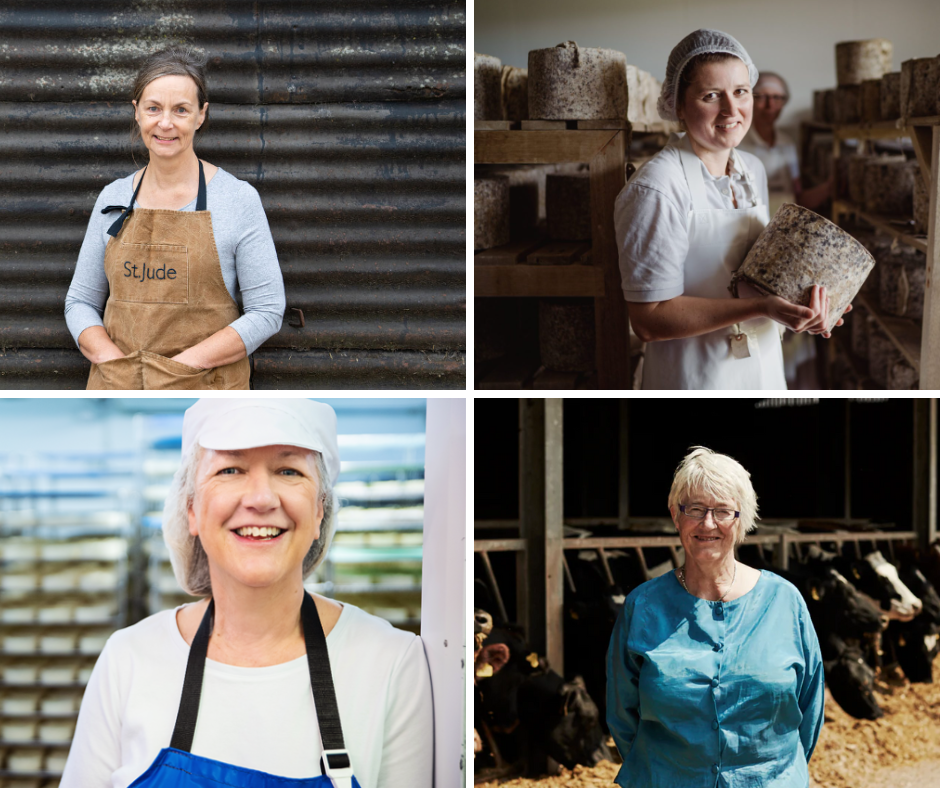Learn the Art of Floridia Cheese: A Guide to Cheese Makers Melbourne
Learn the Art of Floridia Cheese: A Guide to Cheese Makers Melbourne
Blog Article
Opening the Tricks of Artisanal Cheese Making: A Step-by-Step DIY Overview
In the realm of culinary workmanship, artisanal cheese making stands as a testimony to the delicate balance between tradition and innovation. Each action in the procedure, from choosing the best milk to developing aging methods, holds within it a wide range of knowledge passed down with generations. As we start this journey to debunk the art of developing beautiful cheeses, we are confronted with a tapestry of keys and skills waiting to be unwinded. Join us as we check out the intricacies of this ancient craft, where perseverance, scientific research, and art assemble to generate flavors that entice the detects.
Selecting the Right Milk
When starting the trip of artisanal cheese making, the option of milk plays a crucial function in establishing the high quality and attributes of the final item. The type of milk selected impacts the flavor, structure, and generally account of celebrity. Raw milk, straight from the animal, is preferred by several artisanal cheesemakers because of its one-of-a-kind mix of enzymes, germs, and flavor compounds. However, using raw milk includes dangers and laws, making pasteurized milk a safer option for novices.
Additionally, the resource of the milk, whether from cows, goats, lamb, or buffalo, contributes distinct tastes and attributes to the cheese. Each kind of milk brings its own subtleties, allowing for a vast range of cheese ranges to be crafted based on the chosen milk.
Culturing and Coagulating
To initiate the cheese-making process, the vital steps of culturing and coagulating must be thoroughly executed to transform milk into curds and whey. The type of society used can substantially impact the taste, appearance, and ripening of the final cheese product.

The timing and temperature control during culturing and coagulation are essential factors that affect the last end result of the cheese. Appropriate execution of these steps is necessary to make certain the desired structure, flavor, and consistency of the artisanal cheese being created.
Draining Pipes and Pressing Curds
After the milk proteins have coagulated and the curds have actually been reduced to release whey, the following critical action in artisanal cheese making entails draining and pushing the curds to achieve the wanted appearance and consistency of the last cheese item. Draining pipes is the process of separating the curds from the whey. This can be done by moving the curds right into a cheesecloth-lined colander or mold and mildew and enabling the whey to drain off naturally. The moment for draining can vary depending upon the sort of cheese being made and the wanted dampness web content.
Pushing assists expel any kind of continuing to be whey and compacts the curds informative post to develop a strong cheese wheel. Appropriate draining and pushing are important steps that significantly affect the top quality and attributes of the artisanal cheese being created.
Aging and Flavor Methods
Implementing meticulous aging and flavoring methods is crucial in boosting the deepness and intricacy of artisanal cheeses, raising their preference profiles to charming levels of improvement and sophistication. Aging plays a crucial duty in developing the one-of-a-kind tastes and appearances that identify artisanal cheeses.
Flavoring strategies additionally add dramatically to the last taste of artisanal cheeses. Cheesemakers might select to present additional flavors by incorporating components such as natural herbs, spices, or perhaps fruits into celebrity throughout the manufacturing process. Furthermore, some cheeses are washed or scrubed with numerous fluids, such as brine or alcohol, to boost their appearances and tastes.
Wrapping and Keeping Cheeses

Verdict
In conclusion, grasping the art of artisanal cheese making involves carefully choosing the ideal milk, complying with exact culturing and coagulating procedures, draining and pressing curds effectively, and using numerous aging and flavoring strategies. Bear in mind to cover and save your cheeses effectively to ensure optimum flavor and appearance growth.
Each you could try here type of milk brings its very own nuances, allowing for a large variety of cheese varieties to be crafted based on the picked milk.After the milk proteins have coagulated and the curds have been cut to release whey, the next essential action in artisanal cheese making involves draining pipes and pressing the curds to accomplish the desired appearance and consistency of the final cheese product. Most cheeses should be wrapped in wax paper or cheese paper to allow them to take a breath while shielding them from drying out. For cheeses that need to proceed aging, try this out such as bloomy peels or washed rinds, guarantee they are saved in a great atmosphere like a cheese cave or a fridge established to the suitable temperature level. By paying interest to the covering and storage of artisanal cheeses, cheese manufacturers and fanatics can preserve the stability of these specials and totally appreciate their complicated flavors.
Report this page